On Dec. 5, Governor Wes Moore’s administration announced a $3.3 billion cut to the Maryland Department of Transportation (MDOT), which limits future funding for transportation services and initiatives throughout Maryland.
The cuts in the Consolidated Transportation Program (CTP) will address $3.3 billion in shortfalls, State Transportation Secretary Paul Wiedefeld said in an interview with MoCo360. To balance the budget over the current six-year spending plan, the department will face widespread budget cuts to all its agencies, resulting in hiring freezes and price increases for fees and parking rates.
The multi-billion dollar revenue gap in the Transportation Trust Fund (TTF), which is responsible for funding transportation projects in Maryland, is the result of a variety of factors that have been accumulating over the years, causing the MDOT to spend more than it makes in revenue, according to a plan the MDOT released detailing the CTP.
Despite budget cuts in most sectors, Maryland is to increase funding for the Metro (WMATA) and prioritize key transportation projects.
The Purple Line, managed by the Maryland Transit Administration (MTA), has already faced many delays and a total cost increase of $148 million. Originally planned to open in 2022, the Metro line will now begin operating in 2027. Although many MTA projects will face cuts, funding for the Purple Line is still a priority in the upcoming budget, according to the MDOT plan.
Leaders of Maryland’s 23 counties and Baltimore, an independent city, gathered at the annual Maryland Association of Counties Winter Conference in Cambridge to discuss state and local issues, including transportation. At the conference, Moore acknowledged the difficult financial situation but reaffirmed his support for the proposal.
County leaders across Maryland have expressed concern with the budget and are searching for ways to continue funding their transportation projects amid the upcoming cuts.
Dismayed by the budget cuts, Montgomery County Executive Marc Elrich advocated for improving the county’s transportation and business climate.
“It is a real problem for us not to be able to provide major transportation projects,” Elrich wrote in a weekly message on Friday. “We are dependent on the state, and the state model for transportation funding, which relies on a dwindling gas tax, and is not sustainable.”
Revenue from the gas tax has decreased due to several factors, including people driving less and buying more electric vehicles.
Maryland’s tax structure prevents counties from establishing specific taxes to fund transportation initiatives, Elrich said in an interview with WTOP News. He believes cuts to transportation would exacerbate the county’s difficulty attracting businesses.
In his weekly message, he contrasted Maryland’s approach to taxation with state officials in Virginia, who allow counties to establish special taxing districts to fund transportation projects. He believes this gives counties in Northern Virginia an advantage because they can finance and build more projects, bringing in more revenue.
Public transportation plays a principal role in local economies. Transportation is a $79 billion industry that employs more than 430,000 people nationwide. Students across the county use public transport, especially the Ride On buses and Metro. Ride On buses, free for people under 18, could face cuts that impact residents of all ages.
Junior Charli Cain frequently takes the Ride On bus since she can’t drive. The bus system allows her to get to places without asking for rides. Cain stressed the value of public transport for people of all ages and backgrounds.
“It’s important that funding stays, not necessarily for people like me, but for the people that completely rely on this kind of transportation, specifically the older population,” Cain said.
Montgomery County Councilmember Kate Stewart, the former mayor of Takoma Park, applauded Moore’s regional leadership through increasing funding for WMATA but also said the county would have to make adjustments to deal with the cuts.
Transportation is a regional issue, not one that only impacts individual cities or counties. Different modes of transport, like buses and the Metro, are all connected and cannot be separated from each other, she said in an interview with The Black & White.
“These are serious cuts we’re facing here in Montgomery County, but I know we’re not alone,” Stewart said. “Across the state, counties are facing these cuts as well and we’re going to have to work through them and see what we can do.”
As more information comes out in the next few months, the County Executive will work with other counties, the governor and the Maryland General Assembly to create a sustainable plan for transportation in the state, Stewart said.
Councilmember Marylin Balcombe believes policymakers need to address the overarching issues of funding transportation projects in Maryland.
“Montgomery County relies on funding from the State as an integral part of our transportation budget,” Balcombe said. “This cut will have a significant impact on the effectiveness and reliability of our transportation infrastructure.”



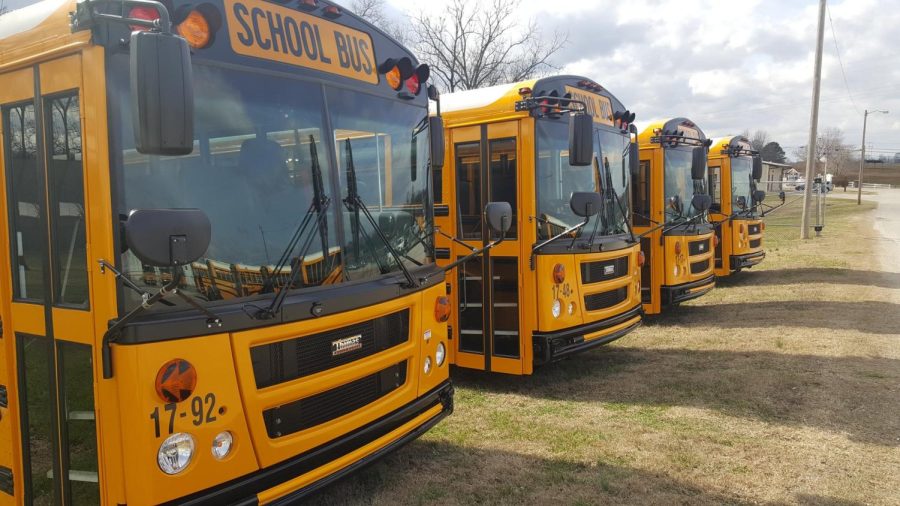

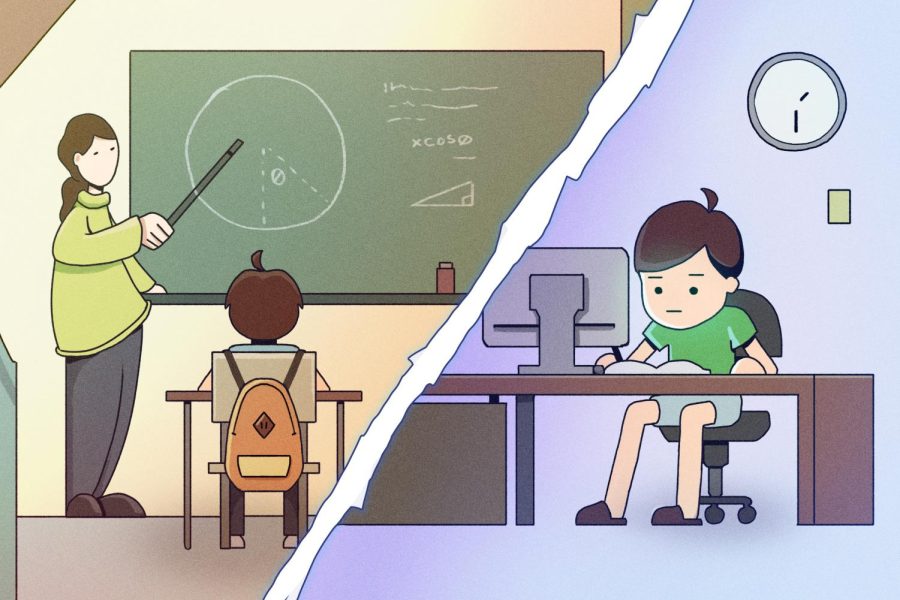
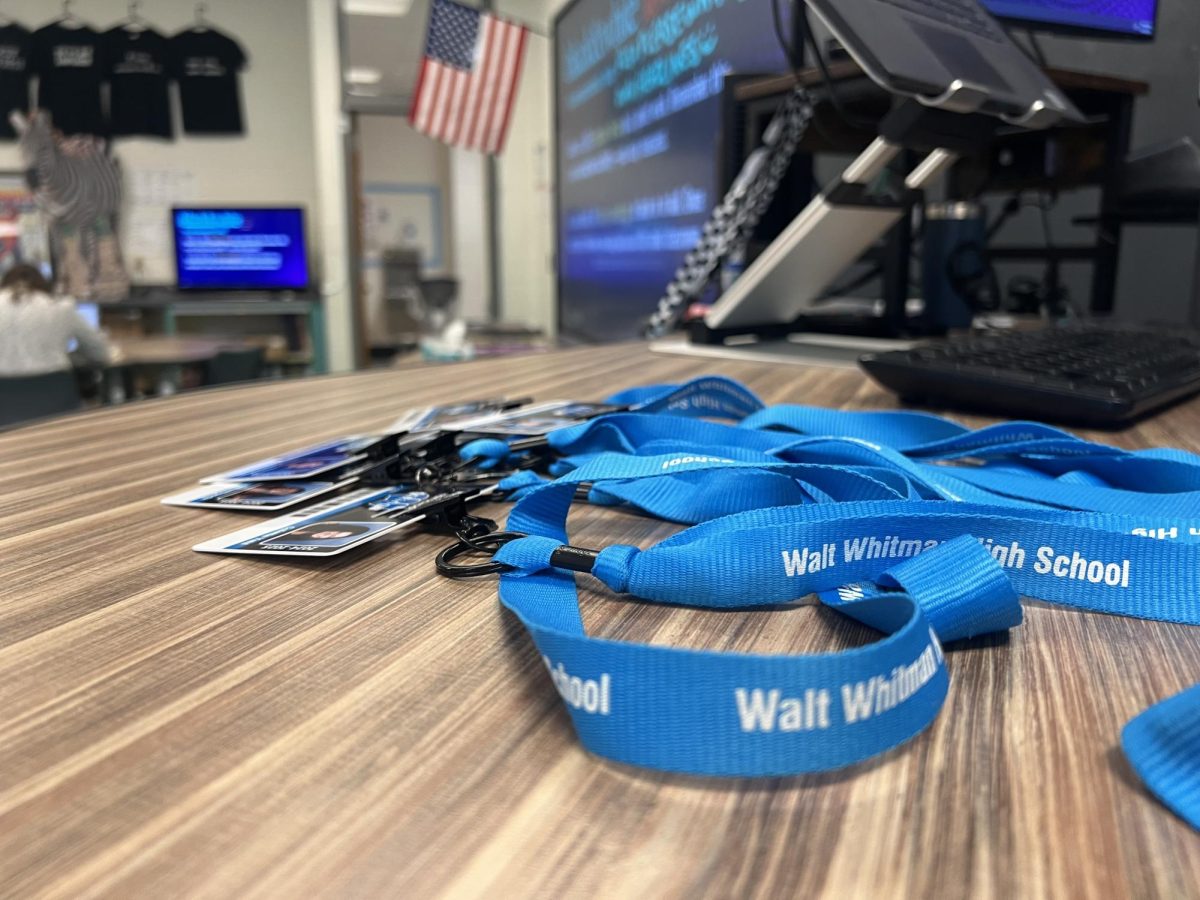
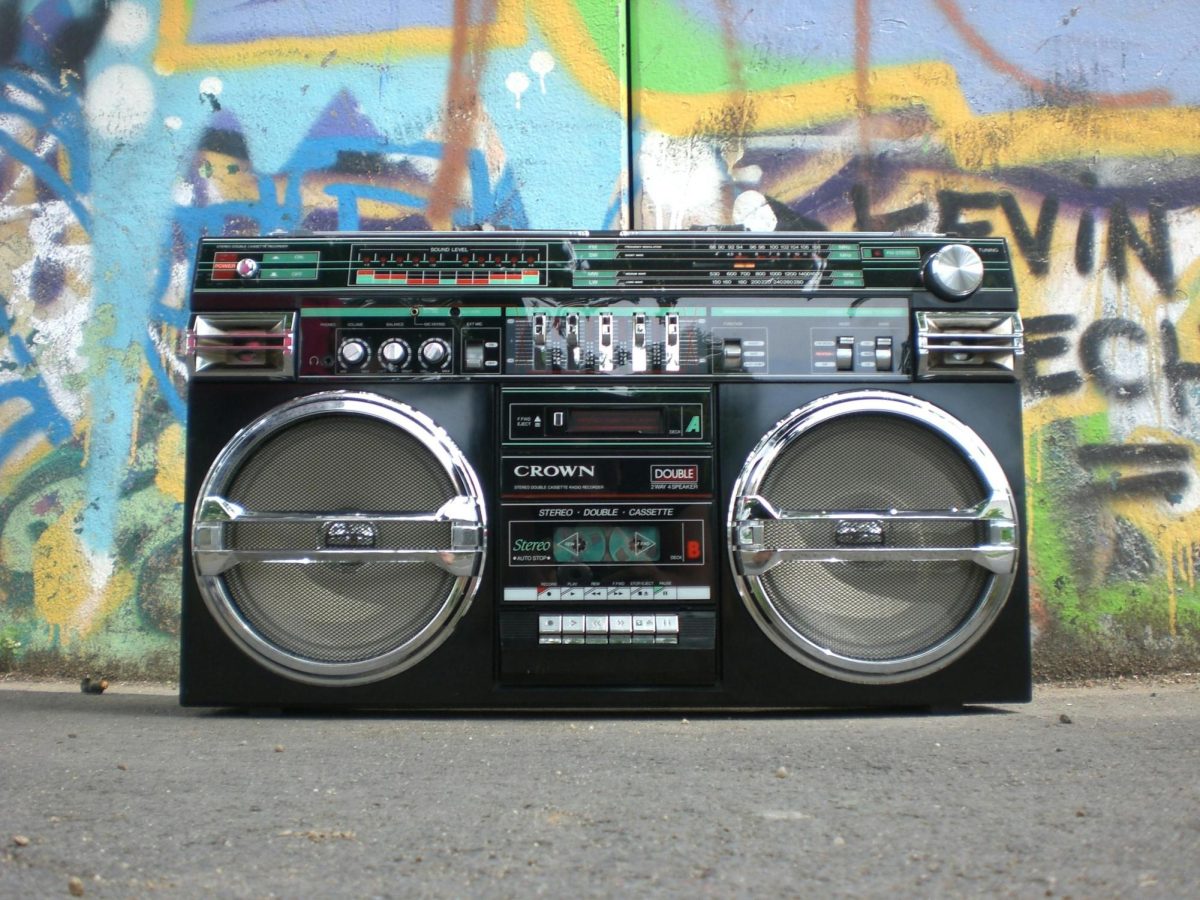
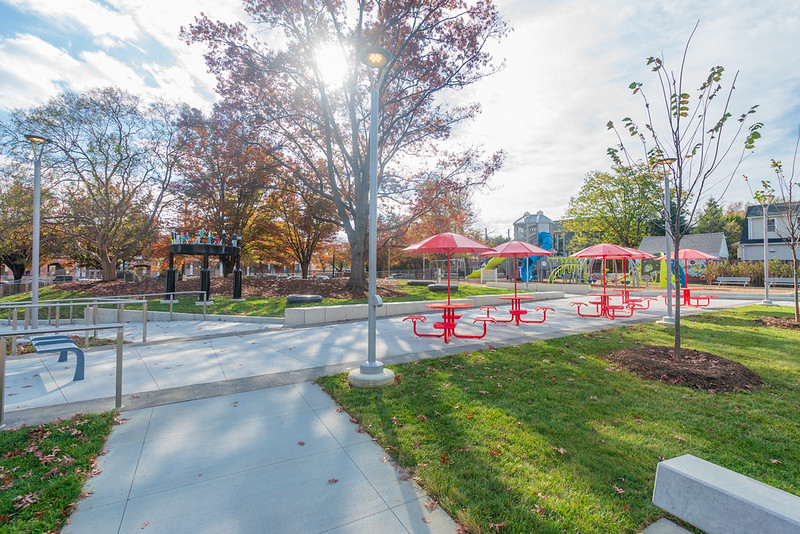
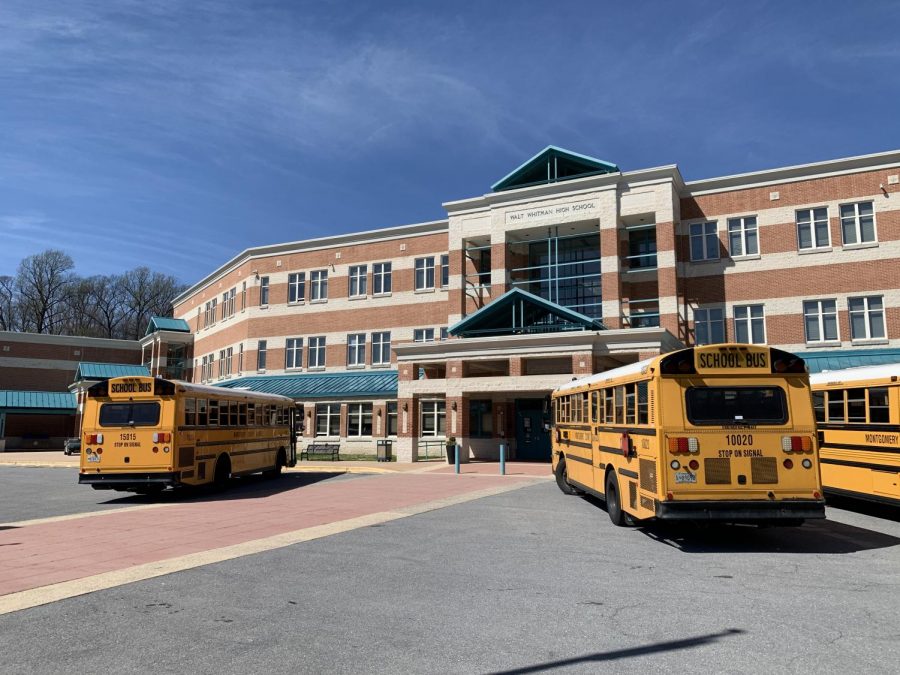







William Dotson • Jan 1, 2024 at 5:17 pm
You cannot cut bus lines and expect to bring in more business. It just doesn’t work
William Nathan Dotson • Dec 29, 2023 at 1:34 pm
Hands off RideOn . No cuts. Balance the budget through other means. I rely on some of the potential busses that may be cut. If cuts do happen don’t eliminate any weekend service
William Nathan Dotson • Dec 29, 2023 at 3:57 am
Do not cut Ride On service. Balance the budget elsewhere